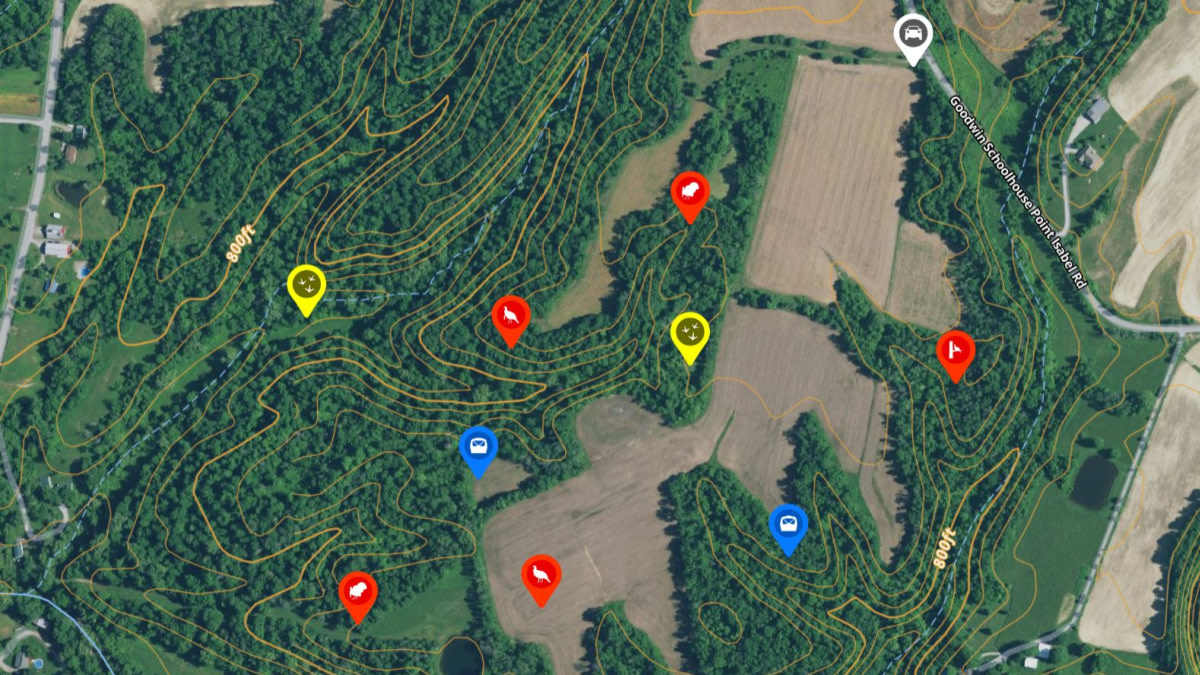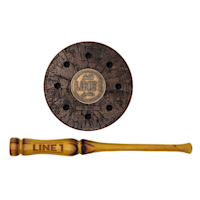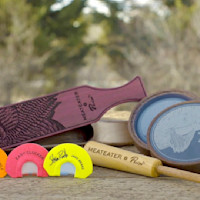
This scouting article is powered by onX, creators of the best digital mapping tool for hunters.
The whitetail world is eaten up with e-scouting. It’s the foundational layer to all traveling hunts and something that can give you a serious edge at home too. When it comes to turkeys, digital sleuthing isn’t nearly as prevalent, but it probably should be.
Turkey behavior may seem so random, and certainly more than a few jakes and 2-year-olds will set out cross country this spring without a clear destination in mind. But overall, nature doesn’t do random very well. There’s a method to their madness, and while that might feel subdued with male turkeys, it’s a rule with the ladies. And where the ladies go, so do the toms.
This movement is almost always tied to food.
Grocery Gettin’ Gobblers Obvious food sources like agricultural fields play an important role with wintering turkeys. As spring advances, those sources might stay hot for weeks if the weather stays cool. Or they might suddenly be devoid of turkeys as the green-up brings on an abundance of fresh veggies and protein-rich insects.
I look at destination-style food sources as a starting point, but break them down into two categories. If I’m hunting private land with limited pressure, every tucked-away field corner gets an onX waypoint. If I’m hunting public land, I make note of obvious food sources but might not even drop a pin because those are the places nearly guaranteed to draw other hunters.
The easiest way to figure out what food sources are really worth hunting is to walk them and pay attention. Focus your efforts on the areas that aren’t easily visible from nearby roads and keep an eye out for tracks and dusting bowls. If you find an abundance of either, you’re onto something. But your work isn’t finished.
Sleepy Toms Just like with deer and bedding areas, finding where turkeys will likely spend the night is important. Some properties have year-to-year roosts that are really consistent. I have permission to hunt a farm in Minnesota that has one of these, and it really dumbs down the hunting options because you always know where some birds will be concentrated in the mornings and evenings.
Other properties don’t feature such heavy-use roosts, which makes the turkey movements seem random. This randomness also extends to properties that do have quality roosts as the spring progresses and the weather gets nicer. You know how I feel about randomness in nature, though.
The deal is this—turkeys tend to roost in areas where they have a nice spot to take off from into trees with the good-sized limbs. This usually means big old trees located on sidehills. Turkeys also don’t seem to like roosting on the downwind side of valleys.
To locate potential roosts, head over to your onX app and check the Hybrid layer that allows you to see satellite imagery overlaid with topo maps. Look for hillsides with older trees with some level ground (ridges and hilltops) above them. This is an easy task in areas with plenty of up-and-down terrain but gets more difficult in flatter regions. In that case, remember that an elevation change of 10 feet is better than nothing.
Also, even though this seems like a pre-season scouting strategy, when you’re facing frontal (windy) conditions, you can fire up onX and look for areas the birds will roost in response to the wind for tomorrow’s hunt. They’ll pick valleys that lay perpendicular to the wind direction and fly up on the upwind side to tuck in below the lip of the hill where it should be calmest. This is valuable knowledge to have when you’ve got the alarm set for a day of running and gunning.
Point A to B Understanding where turkeys might eat or sleep is crucial to success. But if there’s one bit of knowledge that will really keep you in the game, it’s travel routes. Old logging roads, powerline cuts, and even high spines of ground between swamps can all prove to be turkey highways—and they are all visible via satellite imagery.
For turkey bowhunters, these all-day travel routes are often the best locations to pop up a blind and a spread of dekes. Shotgun hunters can use them, too. If you’re heading out for a freelance days in the turkey woods, be aware of these routes. Birds will be concentrated on them throughout the day and will likely use them to approach your setup.
For me, travel routes are the most important e-scouting finds. They are often more consistent than food sources and roost areas and can come into play from the season’s opener to the close. As you’re scrolling over your hunting grounds with a birds-eye-view, make note of every one of these potential routes. And remember, a logging road doesn’t look like much more than a faint line through the woods from a 5,000-foot view, but on the ground, it’s all the birds need to get from point A to B while scratching, strutting, and doing their thing.








Conversation